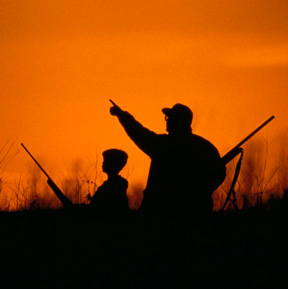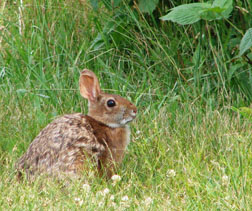 A new paper in the Wildlife Society Bulletin says because duck stamp revenues pay to conserve duck habitat, that ironically, a reduction in duck hunting threatens duck populations. The study found a correlation between duck stamp sales and duck populations, with a steady decline in both in recent years.
A new paper in the Wildlife Society Bulletin says because duck stamp revenues pay to conserve duck habitat, that ironically, a reduction in duck hunting threatens duck populations. The study found a correlation between duck stamp sales and duck populations, with a steady decline in both in recent years.
Read the Wildlife Society Bulletin abstract here. (Subscription or fee required for full access.)
The BBC News’ environment correspondent tried to get his mind around the idea that more duck hunting means a more secure duck population. This is something that state wildlife professionals may never ponder, since the fact that hunting license fees and the federal sporting goods tax is often the only funding for wildlife conservation (game or non-game species) that many states receive. It might be interesting to look at the thought process of someone coming to the idea anew.
Read the BBC News article based on the Wildlife Society Bulletin here.
Photo: mallard duck drake, by Erwin and Peggy Bauer, courtesy of the US Fish and Wildlife Service

 Most of the news from state wildlife agencies across the country this week are about hunting: seasons opening and closing, whether the numbers are up or down for a particular season. For the folks at the
Most of the news from state wildlife agencies across the country this week are about hunting: seasons opening and closing, whether the numbers are up or down for a particular season. For the folks at the 